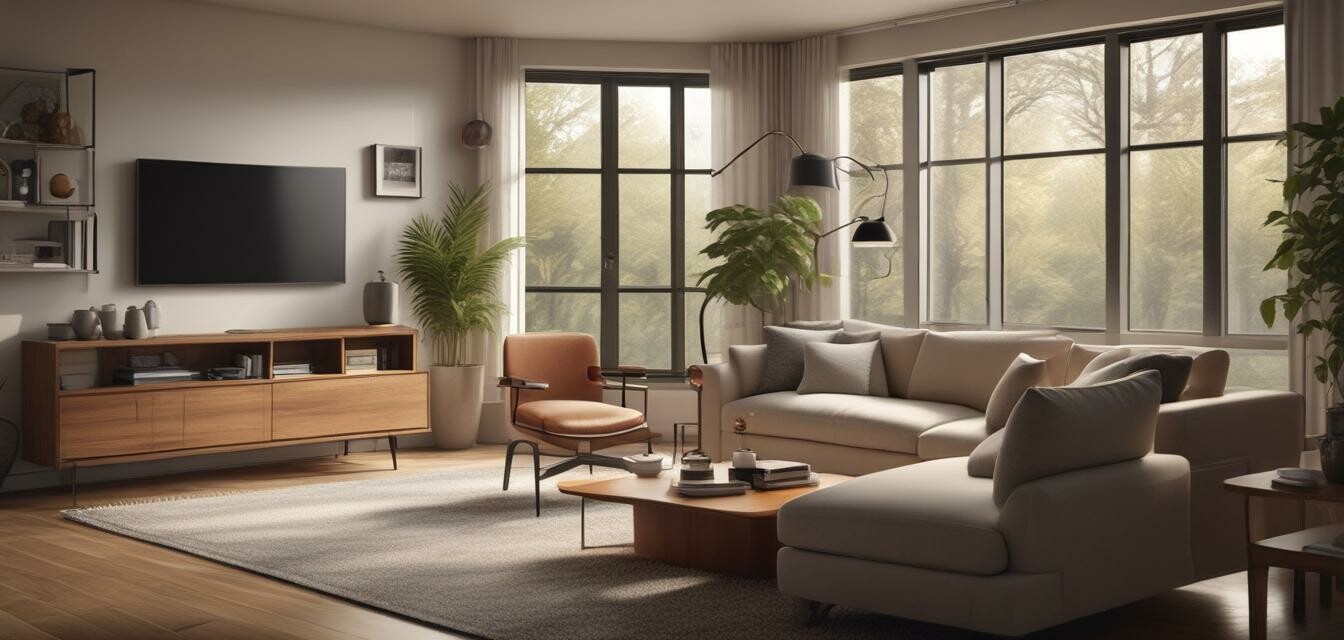
Tips for Adapting Smart Home Devices for Seniors
Key Takeaways
- Simplify device interfaces with larger buttons or clear labels.
- Utilize voice commands for hands-free operation.
- Integrate devices into daily routines to enhance usability.
- Focus on security features to ensure safety and privacy.
- Involve seniors in the selection process to increase comfort with technology.
As smart home technology continues to evolve, it offers a wealth of opportunities to enhance the quality of life for seniors. However, these devices can sometimes be complex and challenging for older adults to use. This article provides practical advice on how to make smart home devices more user-friendly, focusing on adapting the technology to suit the needs and preferences of seniors.
1. Simplifying Interfaces
Many smart home devices come with complicated interfaces that may not be intuitive for seniors. Here are some strategies to simplify usability:
- Larger buttons: Choose devices with oversized buttons or touchscreens that display larger text.
- Clear labels: Ensure all buttons and commands are clearly labeled with easy-to-read fonts.
- Customization: Some devices allow customization of interface settings which can be tweaked to fit senior needs.
2. Utilizing Voice Commands
Voice-activated devices can significantly enhance accessibility for seniors. By integrating voice commands, older adults can operate devices without needing to navigate complex menus. Tips for utilizing voice commands include:
- Set up voice recognition features in the device settings and verify the microphone is functioning well.
- Teach seniors simple voice commands to control their devices or obtain information.
- Encourage daily interaction with voice commands to reinforce learning and comfort.
Examples of Devices for Voice Control
Several devices can be controlled via voice commands. For more details on incorporating voice-controlled gadgets in a senior's home, check out our guides on buying smart home gadgets.
3. Integrating Devices into Daily Routines
Making smart home technology a part of daily routines can help seniors become more familiar with its use. Here are strategies to achieve this:
- Routine reminders: Utilize devices to set reminders for medications or important tasks.
- Routine control: Combine device functionality into daily routines. For instance, integrating smart lighting that adjusts automatically in the evening.
- Family involvement: Encourage caregivers or family members to assist with the initial setup and walkthrough.
4. Focusing on Privacy and Security
With the integration of smart devices, ensuring the security and privacy of seniors is crucial. Here are steps to protect their data:
- Regular updates: Ensure devices are updated with the latest software to safeguard against threats.
- Strong passwords: Use strong, unique passwords for accounts associated with smart devices.
- Privacy settings: Review and adjust privacy settings on all devices to limit data sharing.
5. Selecting the Right Devices
Choosing the correct smart home devices for seniors is essential. When shopping, consider the following aspects:
| Device Type | Key Features | Considerations |
|---|---|---|
| Connected Home Assistants | Voice control, smart home integration | Must be user-friendly and easy to configure |
| Health Monitoring Devices | Activity tracking, vital sign observation | Privacy of health data |
| Home Security Solutions | Remote access, monitoring alerts | Reliability and ease of installation |
| Smart Lighting Systems | Voice control, automation | Integration with other smart devices |
| Smart Entertainment Systems | User-friendly interfaces, streaming options | Compatibility with other devices |
Conclusion
Adapting smart home devices for seniors doesn't have to be an overwhelming task. By implementing these practical tips, you can create a smart living space that enhances independence and safety. With careful selection, thoughtful integration, and ongoing support, smart home technology can significantly improve the daily lives of older adults.
Tips for Caregivers
- Be patient: Adjustments take time, and ongoing encouragement is key.
- Create a tech-friendly environment: Arrange devices in easily accessible locations.
- Provide hands-on training: Spend time with seniors to walk them through using each device.
For more information and a broader range of smart gadget recommendations, visit our Home Security Solutions and Health Monitoring Devices pages.